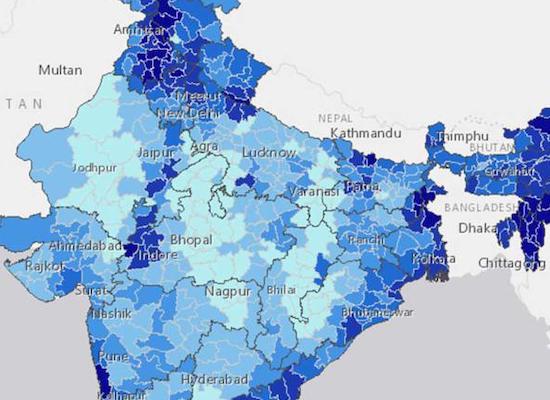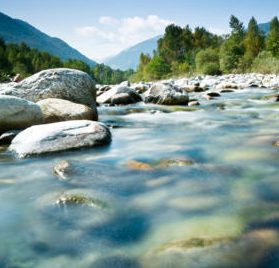Primary Functions
- Access comprehensive data on water availability, quality, and water stress.
- Measure and map water risk prioritize locations for further analysis and site-specific water-management improvements.
- Create key water reporting indicators that can be used to directly report to corporate disclosure initiatives (GRI, CDP Water, DJSI, Bloomberg and UN CEO Water Mandate).
Detailed Description
What Is India Water Tool 3.0?
India Water Tool Version 3 (IWT 3.0) is a comprehensive, high-resolution, user-friendly tool that helps companies and other users identify their water-risks, prioritize their sites for further action and analyses and plan their water management interventions in India. IWT 3.0 combines 20 datasets from key Government authorities in India and other institutions, a dataset on surface water availability from NASA and U.S. Geological Survey (USGS), and Water stress models developed by World Resources Institute and Columbia Water Center.
The user can input or upload information at the facility-level, and view:
- maps displaying status of water availability, quality and stress
- graphs and charts providing current and historic water availability and quality status
- report summarizing water-data for user-defined locations and outputs that companies can use to directly report on key corporate disclosure initiatives.
IWT3.0 also brings results from two localized water-balance studies to give a complete picture of the watershed-health and determine the potential for water recharge and demand-side management in the specific watersheds.
Who Is It For?
- Companies who need to understand the water risks for their operations and supply chains operating in India and plan their water management interventions. IWT3.0 is a corporate level decision-making tool and is the first step for companies in India to measure and map the water risks associated with their sites.
- Investors can use the tool for screening new sites to support their investment decisions.
- In areas where localized data is available from water-balance assessments, communities can use the tool to plan collective recharge and conservation efforts.





